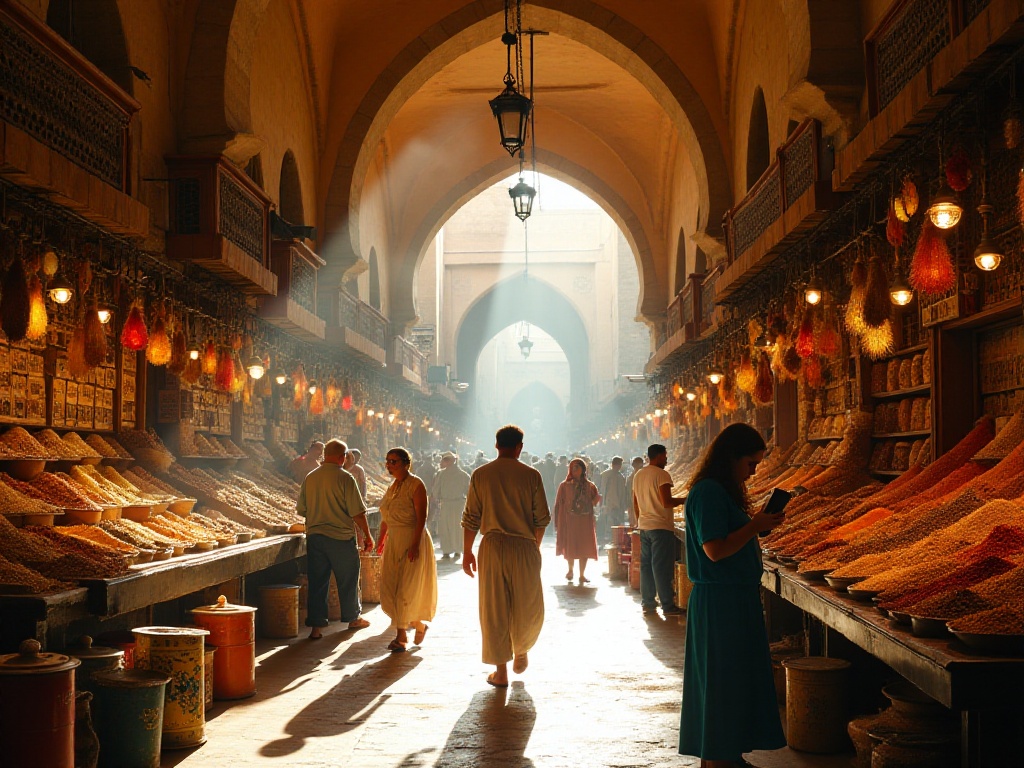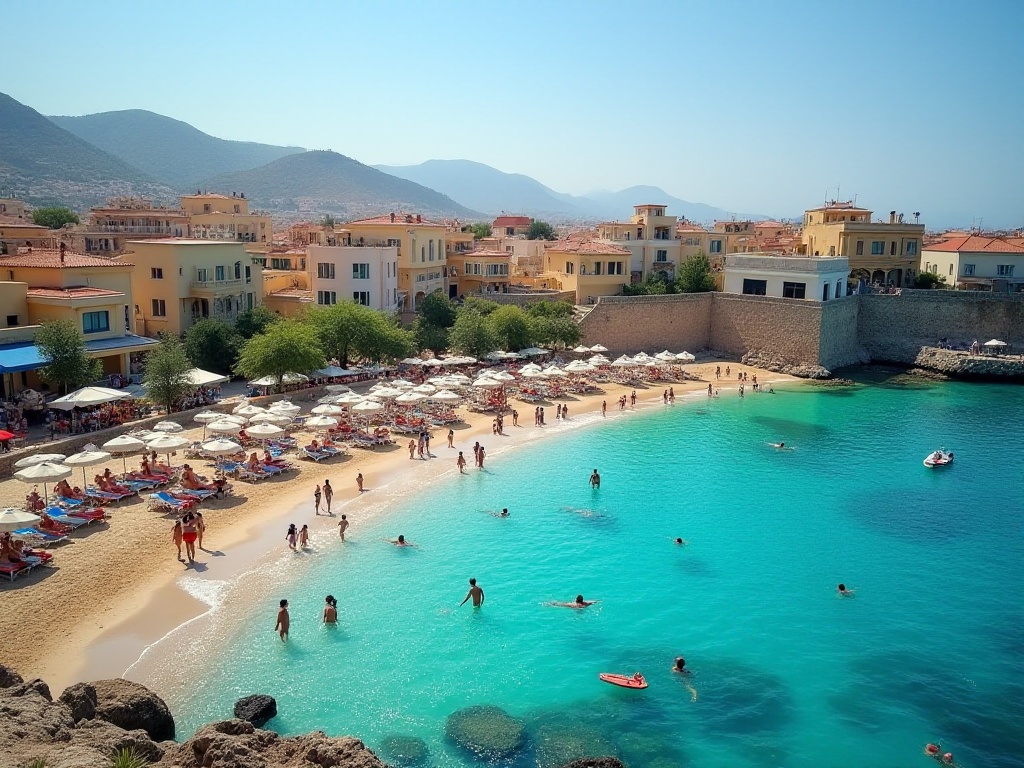Introduction
European summers are absolute mayhem with massive crowds! As a seasoned travel blogger who has explored cities big and small across Europe, I need to say this loud and clear: if you want to experience authentic European atmosphere, summer is truly a hellish experience. Don't believe me? Let me explain why you should avoid the peak season crowds and how to choose the best time for your trip.
Peak Season Reality
Europe's peak tourist season generally runs from May to September. During this time, there's abundant sunshine, very long days, and vibrant nightlife. But is this really the ideal time to travel? Let me share my personal experience to answer this.
Last summer at Venice's St. Mark's Square, I witnessed a truly overwhelming scene: under the scorching sun with temperatures reaching 40°C (104°F), thousands of tourists waited in long queues, sweating profusely just to take photos. People were crammed into narrow alleys without even enough space to raise their cameras. According to Venice's tourism bureau, daily visitor numbers in summer 2023 exceeded 100,000 - almost double the local population. Imagine trying to enjoy Venice's romantic atmosphere in these conditions - just moving through the crowds alone exhausts all your energy.
Accommodation prices are equally painful. I conducted detailed price research, taking central Paris hotels as an example. July rates were 85% higher than April rates. What does this mean? A standard room in an ordinary three-star hotel jumped from 120 euros to 220 euros. And that's just for lodging - peak season airfares, dining, and attraction tickets all see similar price hikes.
This isn't just Paris - it's the same across Europe. In Rome, I saw tourists queuing for three hours under the blazing sun just to enter the Vatican Museums; in Barcelona, the lines at Sagrada Familia stretched from morning till night; in Amsterdam, even basic canal tours required booking several days in advance. Most dramatically, on Prague's Charles Bridge, I was literally pushed along by the crowd, unable to stop and properly appreciate the views.
Weather is another major issue. European summers have been getting increasingly hot in recent years, with temperatures of 35-40°C (95-104°F) becoming the norm. Last year, I saw several tourists faint from heat exhaustion while queuing outside Madrid's Prado Museum. Even locals can't handle these temperatures, let alone tourists who aren't accustomed to such heat.
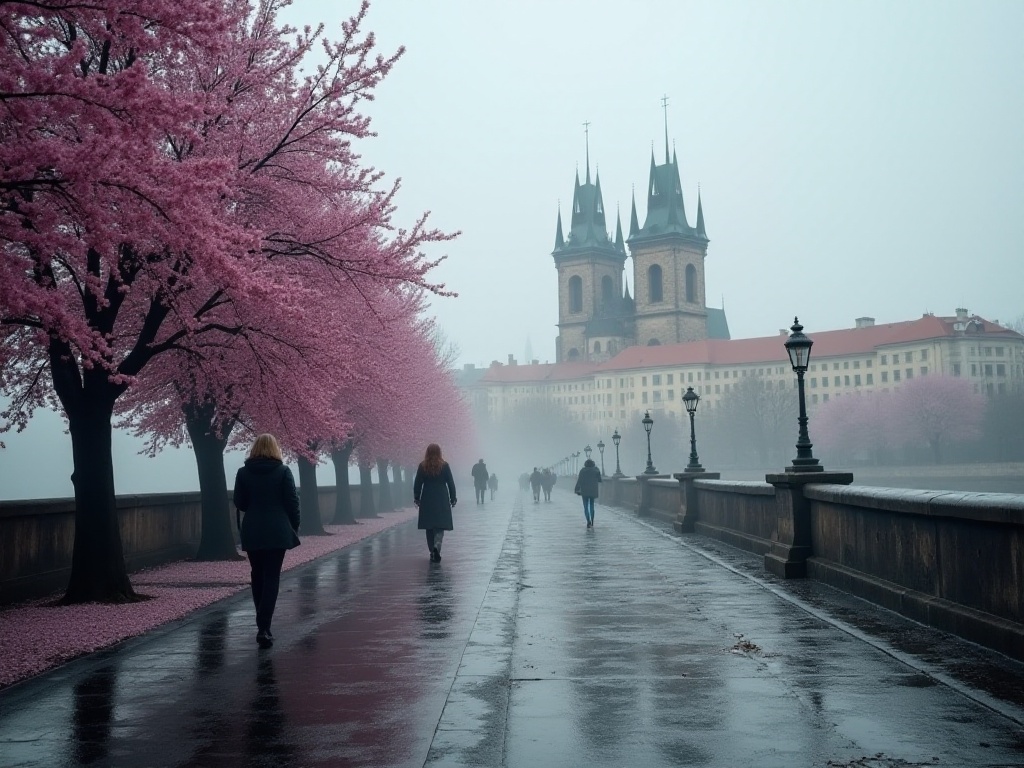
The Smart Choice
So when is the best time to visit Europe? Based on my years of travel experience, I unhesitatingly recommend April and October. These months are truly heaven-sent gifts for travelers.
I'll never forget my experience in Florence last April. At the Uffizi Gallery, I could leisurely stand before Botticelli's "Birth of Venus" and appreciate it in detail, even finding the perfect angle for photos. In July, just queuing to see this masterpiece takes 2-3 hours, and you can only catch a glimpse while being jostled by crowds.
Spring and fall temperatures typically range between 15-25°C (59-77°F) - perfect weather. You won't be drenched in sweat like in summer or chilled to the bone like in winter. Whether strolling down Paris's Champs-Élysées or walking among Rome's ancient ruins, it's thoroughly enjoyable. I remember Venice last April - the morning sunlight gently illuminated the canals, and the entire city was peaceful and serene, completely different from summer's chaos.
The accommodation advantages are concrete. My detailed price comparison showed that four-star hotels in central Rome were 40% cheaper in April than in July. Imagine what you could do with those savings - enjoy a Michelin-star meal, extend your stay, or upgrade your accommodation. Last October in Barcelona, I got a sea-view room for the price of a standard room in peak season, waking up to Mediterranean sunrises every morning.
Transportation is also much smoother. Spring and fall airfares are typically 30-50% cheaper than peak season. There are more flight options and fewer delays. Last April, my Paris to Rome flight cost just 80 euros, compared to over 200 euros for the same route in July.
Most importantly, these seasons let you experience authentic local life. Locals are going about their normal routines, and restaurants, shops, and markets operate as usual. While browsing Paris's small markets in April, I often encountered residents leisurely selecting fresh ingredients and even chatted with vendors. Such experiences are rare during the tourist-packed peak season.
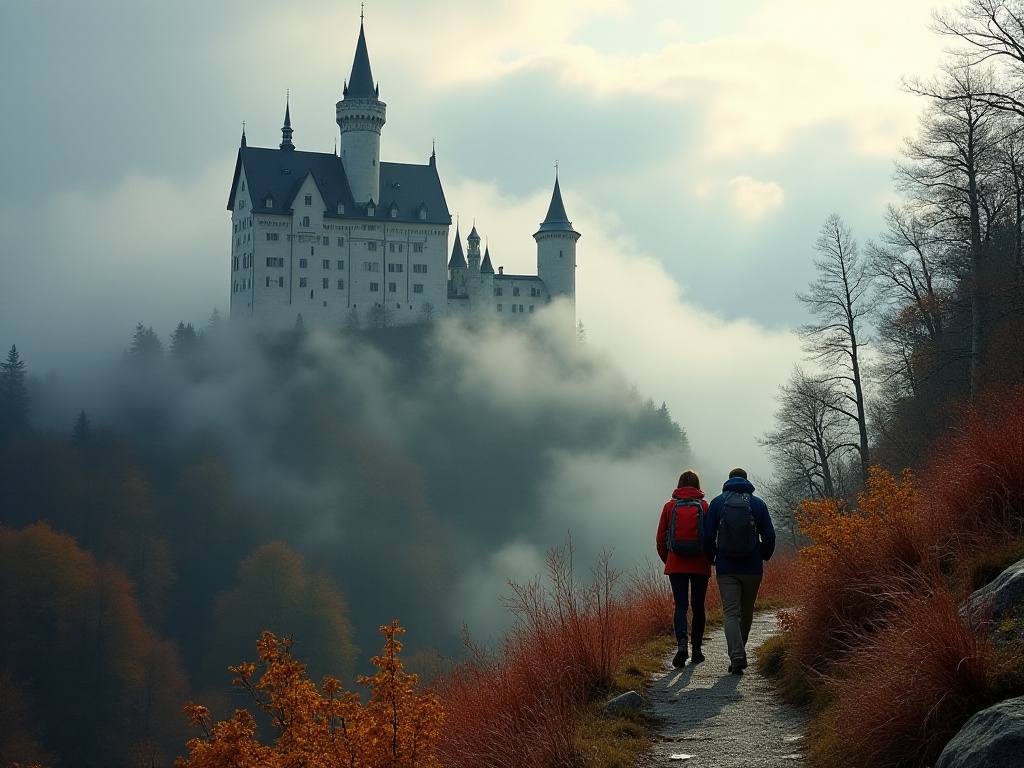
Seasonal Wisdom
If you ask me the absolute worst time to visit Europe, it's undoubtedly August. This month is a double whammy: not only is it peak tourist season, but it's also when Europeans take their vacations.
Last August, my Paris experience was nightmarish. "On Holiday" signs were everywhere. According to the Paris Chamber of Commerce, about 60% of small businesses close in August. If you're hoping to experience authentic French life, even finding a genuine croissant becomes a herculean task. I remember trying to find a highly-rated restaurant for dinner, walking across half of Paris only to find barely any restaurants open.
This isn't just Paris - all of Europe seems to hit pause in August. Milan's fashion boutiques close, Rome's family restaurants shut down, and even supermarkets might reduce their hours. Most frustratingly, prices are especially high during this time. In Milan, I saw temporary restaurants charging at least 30% more than usual.
August weather is particularly unfriendly. In Athens last year, midday temperatures approached 45°C (113°F) - like walking in an oven. Even Nordic countries can experience unusual heat waves. In Copenhagen, I endured 35°C (95°F) temperatures, and many accommodations didn't have air conditioning - truly torturous.
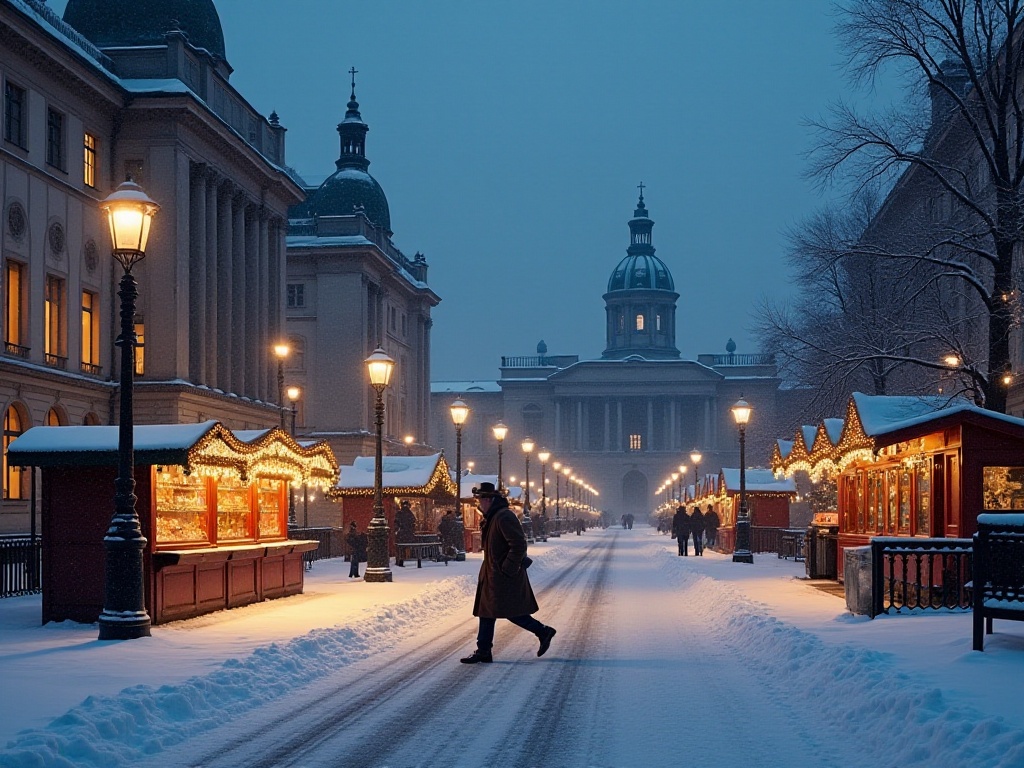
Practical Tips
If you must travel during peak season (like students who only have summer vacation), I've compiled some practical advice to help you avoid the worst of it.
First, timing your attraction visits is crucial. In Rome, avoid the busiest hours between 9 AM and 4 PM. I've noticed that tourist numbers at the Colosseum decrease by about 40% after 6 PM in peak season. Plus, ancient ruins look more mysterious and magnificent at sunset. The sunset I saw at the Colosseum last year remains unforgettable - golden light streaming through ancient arches, seemingly turning back time two thousand years.
Accommodation location is key. In Paris, I strongly recommend staying in surrounding towns. Versailles, for instance, is just 30 minutes by train from central Paris, but accommodation costs nearly half as much. Plus, you get to experience authentic French town life. Getting fresh-baked croissants from corner bakeries in the morning and watching locals play chess in small squares in the evening - that's real French living.
Transportation requires advance planning. European train tickets get cheaper the earlier you book - I suggest starting to look 2-3 months ahead. Paris to Amsterdam high-speed rail tickets can be 50% cheaper with early booking. Also, if your schedule is flexible, very early morning or evening flights are usually more affordable.
Plan your itinerary to avoid peak times. For Florence's Uffizi Gallery, Tuesday or Thursday afternoons have fewer visitors. Venice's St. Mark's Square is best at 6 AM - fewer people and beautiful sunrises.
For accommodation, consider vacation rentals or apartments. Peak season hotels are expensive and often fully booked. I stayed in a charming canalside apartment in Amsterdam that was cheaper than hotels and had a kitchen. In Barcelona, I rented a room from a local who recommended hidden gems unknown to tourists.
Dining requires planning too. Peak season restaurants often need advance reservations, especially Michelin-starred ones - book up to a month ahead. Without reservations, try local neighborhood restaurants or buy fresh ingredients from markets to cook. I often did this at Florence's Central Market, saving money while getting the freshest Italian ingredients.
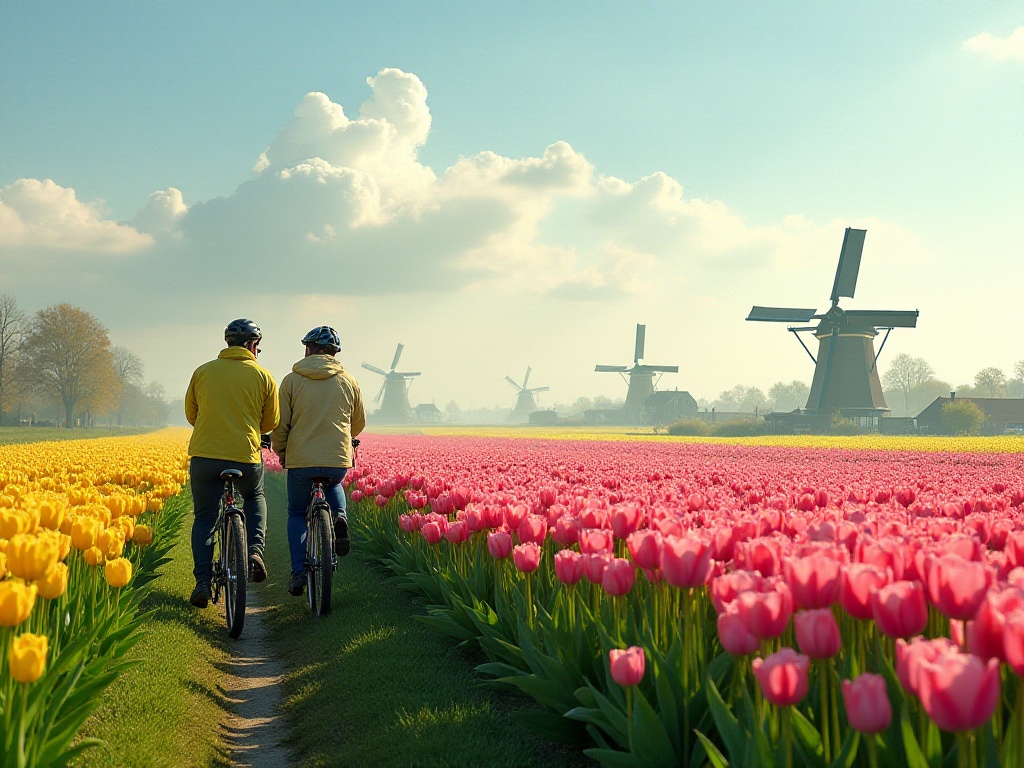
Conclusion
Your travel timing often determines the quality of your entire journey. Remember, the best experiences aren't about checking off popular attractions, but about truly feeling a city's soul. Traveling in the right season reveals that Europe's beauty lies not just in famous buildings and artworks, but in the atmosphere of street life, interactions with locals, and those moments of unexpected delight.
For your next European trip, consider spring or fall. You'll discover a different Europe - one that's more authentic, relaxed, and beautiful.


